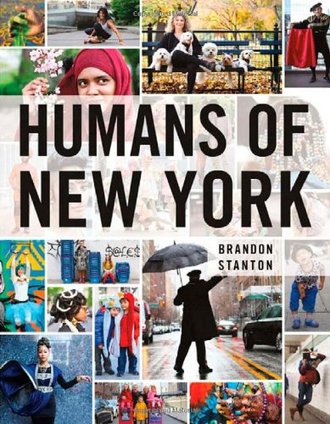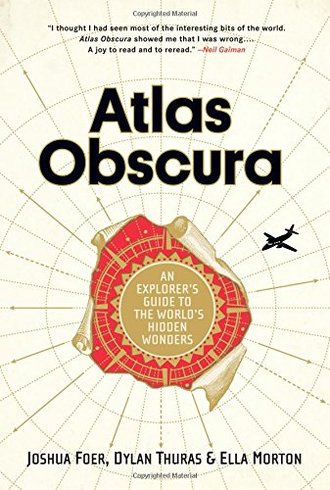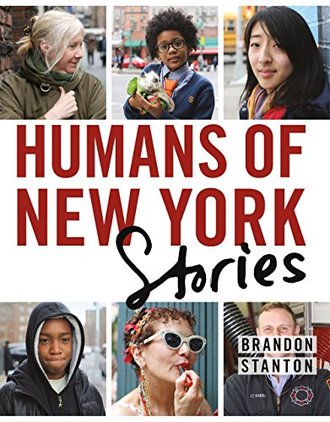Review of HUMANS OF NEW YORK
by Johny McFliggen, PhD Literature & Business, Oxford
If one were to distill the cacophony of New York City into a single repository of human experience, Brandon Stanton's "Humans of New York" would be the resulting tome. It is a visual symphony, akin to a photographic Aeneid, chronicling the odysseys of countless urban souls navigating the labyrinth of humanity that is New York. Stanton, much like a modern-day Virgil, expertly guides us through the vivid tapestry of lives that form the city's pulsating heart.
Stanton's transition from finance to photography is reminiscent of George Costanza's perpetual career shifts in "Seinfeld," yet with decidedly more success and gravitas. His camera lens becomes an empathetic eye, inviting us into the intimate lives of those who might otherwise remain anonymous in the bustling metropolis. The book's allure lies not only in its visual splendor but also in its ability to extract profound narratives from the seemingly mundane, much like Studs Terkel's "Working" did for the American workforce.
While some critics have lamented the book's repetitive format, I posit that this repetition serves as a reflection of life's cyclical nature—a poetic echo rather than a tedious refrain. Each photograph and accompanying narrative is a microcosm of universal human experience, revealing shared truths beneath the veneer of individuality. It is as if Stanton has tapped into the collective unconscious, much like Carl Jung peering into the depths of the human psyche.
The emotional depth Stanton captures is reminiscent of Robert Frank's "The Americans," yet where Frank's work is a stark commentary on post-war America, Stanton's collection celebrates the singular beauty of personal stories. Each page is a testament to the resilience and diversity of New York's inhabitants, echoing Mary Ellen Mark's empathetic lens yet focusing on personal narratives over subcultural exploration.
"Humans of New York" invites us to don our most pensive expressions as we ponder the infinitude of human experiences. It reminds us that storytelling remains one of the most potent tools for fostering empathy and understanding—a notion as relevant today as it was during Homeric recitations around ancient fires.
In conclusion, Stanton's work is not merely a compilation of photographs; it is an opus on humanity itself. It challenges us to look beyond the cityscape and into the souls that populate it, urging us to recognize our shared humanity amidst our diverse backgrounds. In this respect, "Humans of New York" is not just a book; it is a cultural phenomenon, a veritable bridge connecting disparate lives through the universal language of storytelling.
Purchase Link: HUMANS OF NEW YORK on Amazon


